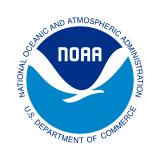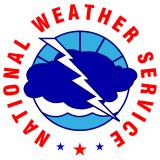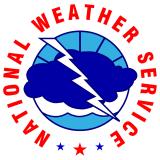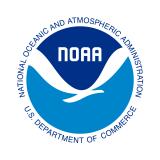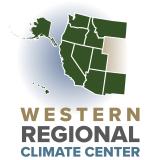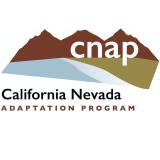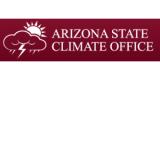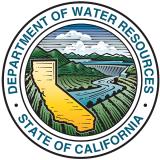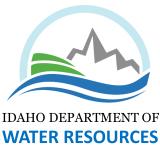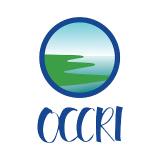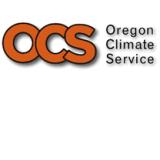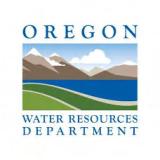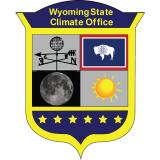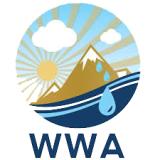Record-Setting Warm and Dry Conditions Bring Snow Drought to Arizona, New Mexico, and Alaska
Key Points
- Substantial snow water equivalent (SWE) deficits have emerged throughout the Colorado Plateau, Sangre de Cristo Mountains, and in Alaska, where warm temperatures have largely prevented snow accumulation.
- Low precipitation and warm temperatures are driving the most prevalent snow drought in Arizona, New Mexico, southern Colorado, Wyoming, and Alaska.
- Snow drought improved in some areas of the northern Rocky Mountains.
- Temperature plays a key role in snow drought development. Current National Weather Service outlooks favor lower temperatures for most of the West for the next 2 weeks.

Snow Telemetry (SNOTEL) snow water equivalent (SWE) values for watersheds in the western U.S. as a percentage of the 1991–2020 median recorded by the USDA Natural Resources Conservation Service (NRCS). Only stations with at least 20 years of data are included in the station averages.
The SWE percent of median, in this figure and in the text, represents the current SWE at selected SNOTEL stations in or near the basin compared to the median value for those stations on the same date from 1991–2020. This map is valid through the end of the day January 5, 2025.
For an interactive version of this map, please visit NRCS.
Snow Telemetry (SNOTEL) and snow course snow water equivalent (SWE) values for watersheds in Alaska as a percentage of the 1991–2020 median recorded by the USDA Natural Resources Conservation Service (NRCS). Only stations with at least 20 years of data are included in the station averages.
The SWE percentage of median, in this figure and in the text, represents the current SWE at selected SNOTEL stations in or near the basin compared to the median value for those stations on the same date. This map is valid through the end of the day January 5, 2025.
For an interactive version of this map, please visit NRCS.
Drought is defined as the lack of precipitation over an extended period of time, usually for a season or more, that results in a water shortage. Changes in precipitation can substantially disrupt crops and livestock, influence the frequency and intensity of severe weather events, and affect the quality and quantity of water available for municipal and industrial use.
Learn MoreSnow drought is a period of abnormally low snowpack for the time of year. Snowpack typically acts as a natural reservoir, providing water throughout the drier summer months. Lack of snowpack storage, or a shift in timing of snowmelt, can be a challenge for drought planning.
Learn MorePeriods of drought can lead to inadequate water supply, threatening the health, safety, and welfare of communities. Streamflow, groundwater, reservoir, and snowpack data are key to monitoring and forecasting water supply.
Learn MoreIn a drought, lower water levels or snowpack can affect the availability of recreational activities and associated tourism, and a resulting loss of revenue can severely impact supply chains and the economy. Drought—as well as negative perceptions of drought, fire bans, or wildfires—may also result in decreased visitations, cancellations in hotel stays, a reduction in booked holidays, or reduced merchandise sales.
Learn MoreDrought is defined as the lack of precipitation over an extended period of time, usually for a season or more, that results in a water shortage. Changes in precipitation can substantially disrupt crops and livestock, influence the frequency and intensity of severe weather events, and affect the quality and quantity of water available for municipal and industrial use.
Learn MoreSnow drought is a period of abnormally low snowpack for the time of year. Snowpack typically acts as a natural reservoir, providing water throughout the drier summer months. Lack of snowpack storage, or a shift in timing of snowmelt, can be a challenge for drought planning.
Learn MorePeriods of drought can lead to inadequate water supply, threatening the health, safety, and welfare of communities. Streamflow, groundwater, reservoir, and snowpack data are key to monitoring and forecasting water supply.
Learn MoreIn a drought, lower water levels or snowpack can affect the availability of recreational activities and associated tourism, and a resulting loss of revenue can severely impact supply chains and the economy. Drought—as well as negative perceptions of drought, fire bans, or wildfires—may also result in decreased visitations, cancellations in hotel stays, a reduction in booked holidays, or reduced merchandise sales.
Learn MorePercent of Median Snow Water Equivalent
< 50% of Median
Current snow water equivalent (SWE) is less than 50% of the median SWE value for this day of the year, compared to historical conditions from 1991–2020.
50%–70% of Median
Current snow water equivalent (SWE) is between 50%–70% of the median SWE value for this day of the year, compared to historical conditions from 1991–2020.
70%–90% of Median
Current snow water equivalent (SWE) is between 70%–90% of the median SWE value for this day of the year, compared to historical conditions from 1991–2020.
90%–110% of Median
Current snow water equivalent (SWE) is between 90%–110% of the median SWE value for this day of the year, compared to historical conditions from 1991–2020.
110%–130% of Median
Current snow water equivalent (SWE) is between 110%–130% of the median SWE value for this day of the year, compared to historical conditions from 1991–2020.
130%–150% of Median
Current snow water equivalent (SWE) is between 130%–150% of the median SWE value for this day of the year, compared to historical conditions from 1991–2020.
>150% of Median
Current snow water equivalent (SWE) is greater than 150% of the median SWE value for this day of the year, compared to historical conditions from 1991–2020.
Percent of Median Snow Water Equivalent
< 50% of Median
Current snow water equivalent (SWE) is less than 50% of the median SWE value for this day of the year, compared to historical conditions from 1991–2020.
50%–70% of Median
Current snow water equivalent (SWE) is between 50%–70% of the median SWE value for this day of the year, compared to historical conditions from 1991–2020.
70%–90% of Median
Current snow water equivalent (SWE) is between 70%–90% of the median SWE value for this day of the year, compared to historical conditions from 1991–2020.
90%–110% of Median
Current snow water equivalent (SWE) is between 90%–110% of the median SWE value for this day of the year, compared to historical conditions from 1991–2020.
110%–130% of Median
Current snow water equivalent (SWE) is between 110%–130% of the median SWE value for this day of the year, compared to historical conditions from 1991–2020.
130%–150% of Median
Current snow water equivalent (SWE) is between 130%–150% of the median SWE value for this day of the year, compared to historical conditions from 1991–2020.
>150% of Median
Current snow water equivalent (SWE) is greater than 150% of the median SWE value for this day of the year, compared to historical conditions from 1991–2020.
Snow Telemetry (SNOTEL) snow water equivalent (SWE) values for watersheds in the western U.S. as a percentage of the 1991–2020 median recorded by the USDA Natural Resources Conservation Service (NRCS). Only stations with at least 20 years of data are included in the station averages.
The SWE percent of median, in this figure and in the text, represents the current SWE at selected SNOTEL stations in or near the basin compared to the median value for those stations on the same date from 1991–2020. This map is valid through the end of the day January 5, 2025.
For an interactive version of this map, please visit NRCS.
Snow Telemetry (SNOTEL) and snow course snow water equivalent (SWE) values for watersheds in Alaska as a percentage of the 1991–2020 median recorded by the USDA Natural Resources Conservation Service (NRCS). Only stations with at least 20 years of data are included in the station averages.
The SWE percentage of median, in this figure and in the text, represents the current SWE at selected SNOTEL stations in or near the basin compared to the median value for those stations on the same date. This map is valid through the end of the day January 5, 2025.
For an interactive version of this map, please visit NRCS.
View an updated, interactive version of this map from the USDA's Natural Resources Conservation Service. You can also view SWE data on Drought.gov.
View an updated, interactive version of this map from the USDA's Natural Resources Conservation Service. You can also view SWE data on Drought.gov.
Drought is defined as the lack of precipitation over an extended period of time, usually for a season or more, that results in a water shortage. Changes in precipitation can substantially disrupt crops and livestock, influence the frequency and intensity of severe weather events, and affect the quality and quantity of water available for municipal and industrial use.
Learn MoreSnow drought is a period of abnormally low snowpack for the time of year. Snowpack typically acts as a natural reservoir, providing water throughout the drier summer months. Lack of snowpack storage, or a shift in timing of snowmelt, can be a challenge for drought planning.
Learn MorePeriods of drought can lead to inadequate water supply, threatening the health, safety, and welfare of communities. Streamflow, groundwater, reservoir, and snowpack data are key to monitoring and forecasting water supply.
Learn MoreIn a drought, lower water levels or snowpack can affect the availability of recreational activities and associated tourism, and a resulting loss of revenue can severely impact supply chains and the economy. Drought—as well as negative perceptions of drought, fire bans, or wildfires—may also result in decreased visitations, cancellations in hotel stays, a reduction in booked holidays, or reduced merchandise sales.
Learn MoreDrought is defined as the lack of precipitation over an extended period of time, usually for a season or more, that results in a water shortage. Changes in precipitation can substantially disrupt crops and livestock, influence the frequency and intensity of severe weather events, and affect the quality and quantity of water available for municipal and industrial use.
Learn MoreSnow drought is a period of abnormally low snowpack for the time of year. Snowpack typically acts as a natural reservoir, providing water throughout the drier summer months. Lack of snowpack storage, or a shift in timing of snowmelt, can be a challenge for drought planning.
Learn MorePeriods of drought can lead to inadequate water supply, threatening the health, safety, and welfare of communities. Streamflow, groundwater, reservoir, and snowpack data are key to monitoring and forecasting water supply.
Learn MoreIn a drought, lower water levels or snowpack can affect the availability of recreational activities and associated tourism, and a resulting loss of revenue can severely impact supply chains and the economy. Drought—as well as negative perceptions of drought, fire bans, or wildfires—may also result in decreased visitations, cancellations in hotel stays, a reduction in booked holidays, or reduced merchandise sales.
Learn MoreSnow Drought Conditions Summary
This update is based on data available as of Monday, January 6, 2025 at 12:00 a.m. PT. We acknowledge that conditions are evolving.
Abnormally warm and dry conditions throughout December led to persistent and worsening snow drought across most of Arizona, New Mexico, southwestern Utah, and southwestern Colorado. Though El Niño–Southern Oscillation (ENSO) neutral conditions remain, a weather pattern similar to La Niña left many parts of the Southwest with no precipitation in December and over 150% of normal precipitation in the Pacific Northwest. In the southern Sierra Nevada, snowpack fell to well-below-normal values. There was some improvement over the past 30 days in early snow drought conditions in much of western Montana, northern Wyoming, and northern Utah. Isolated areas of snow drought persist in the Cascade Range, mostly at lower elevations. Above-normal December mean temperatures, reaching record highs in some areas, contributed to more precipitation falling as rain versus snow at lower elevations and limited snowpack accumulation in some areas of the Sierra Nevada and Cascade Range.
Jump to conditions for your region:
- Colorado, Idaho, Montana, Utah, Wyoming (Rocky Mountains) Snow Conditions
- New Mexico and Arizona Snow Conditions
- Oregon and Washington Snow Conditions
- California and Nevada Snow Conditions
- Alaska Snow Conditions
Stations with SWE Below the 30th Percentile in the Western U.S.
Key Takeaway: The Southwest faces severe snow drought conditions with some SNOTEL stations reporting record low snow water equivalent (SWE).
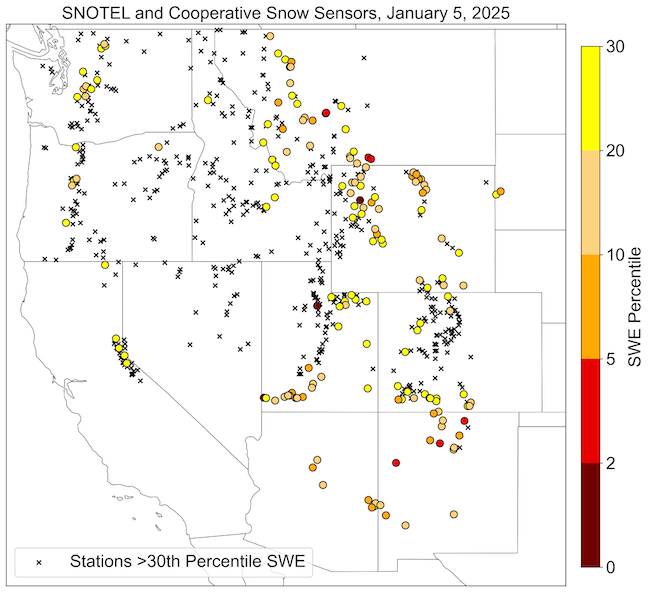
30-Day Precipitation as a Percentage of Average Across Basins in the Western U.S.
Key Takeaway: Basins across Utah, Colorado, Arizona, and New Mexico saw exceptionally dry conditions in the past 30 days. Precipitation was between 0% and 50% of average.
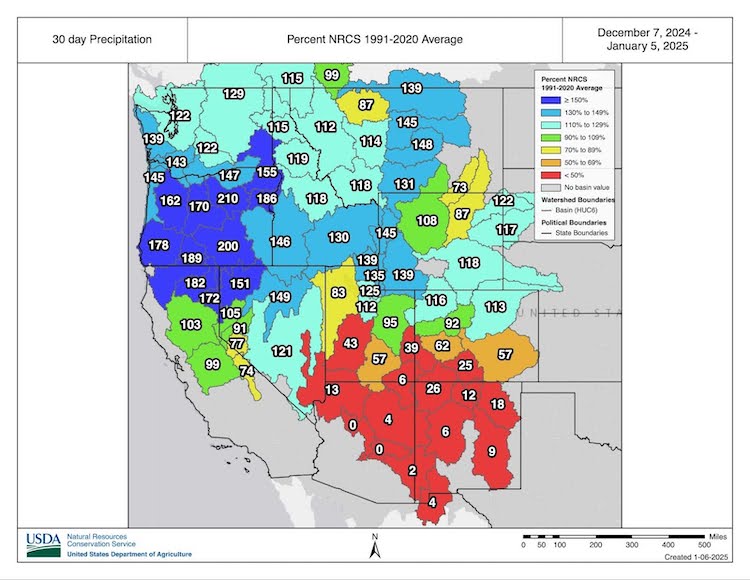
Rocky Mountain Snow Conditions (Colorado, Idaho, Montana, Utah, Wyoming)
Most of the northern Rocky Mountains saw improvement in early season snow drought conditions with a more active weather pattern over the last 30 days. Snow drought persists in the southern Rocky Mountains, primarily in basins in southern Utah and southwestern Colorado, which could lead to expanded drought conditions.
Northern Rockies
Snow drought conditions are currently present in portions of western Montana and northern Wyoming due to warm and dry conditions through most of December. The Bighorn, Upper Yellowstone, and Upper Missouri basins have the lowest snowpack in the region with current snow water equivalent (SWE) at 75%, 84%, and 87% of normal, respectively. Some recent improvements reflect a more active weather pattern that brought much colder temperatures since late December. Idaho and Wyoming saw notable improvements, with some areas moving entirely out of snow drought over the past month.
Central Rockies
The mountains in southwestern Utah (Pine Valley Range and Markagunt Plateau) and areas in southern Colorado are currently experiencing snow drought. Most SNOTEL stations in southwestern Utah currently have less than 50% of normal snow water equivalent (SWE). Several sites, including the Gutz Peak (21-year period of record) and Harris Flat (45-year period of record) SNOTEL stations, report no snow at all; this is the first time this has occurred at Gutz Peak and for Harris Flat it also occurred in 1990 and 2018 . Snow drought conditions have greatly improved or been erased in portions of northern Utah over the past 30 days.
Central and northern Colorado SNOTEL stations are reporting above-average precipitation and average to just below-average SWE. Southern Colorado conditions are more variable, with the northwest portion of the San Juan Mountains reporting above-normal SWE and the southern portion of the range reporting below-normal SWE.
Arizona and New Mexico Snow Conditions
Region-wide exceptional snow drought conditions are present with all SNOTEL stations in Arizona and New Mexico reporting well-below-normal snow water equivalent (SWE). Most are reporting SWE values well below 50% of normal, and several sites are reporting no snow on the ground. Similarly dry conditions were recorded in 2021, 2019, 2006 and 2000. Most of New Mexico saw 0% of normal precipitation and record warm temperatures in the past 30 days. Well-above-normal temperatures induced snowmelt in some locations. For the first time on record, the Flagstaff Pulliam Airport received zero December precipitation (trace amounts were recorded in 1958, 1999, and 2017) while recording a monthly mean temperature 6.7 degrees above normal. These extremely warm and dry conditions contributed to both short- and long-term drought development in the region.
Water Year Accumulated Snow Water Equivalent for the State of Arizona
Key Takeaway: Snow drought conditions are severe across Arizona due to above-average temperatures and significantly below-normal precipitation, reducing snow water equivalent (SWE) levels.
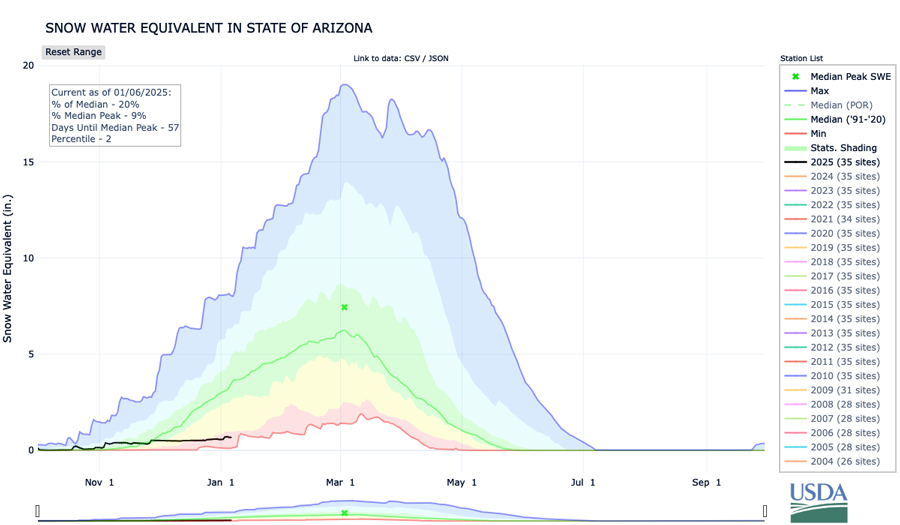
Oregon and Washington Snow Conditions
The typical Pacific Northwest early December winter dry spell ended with abundant high-elevation snowfall across most of Oregon and Washington, leaving parts of the central and southern Oregon Cascade Range and the Blue Mountains with snow water equivalent (SWE) greater than 150% (some stations reporting record high values). Exceptions to the otherwise well-above-normal snowpack include the Puget Sound basin in northwest Washington (near normal at 99% of median) and isolated areas of snow drought which exist at lower elevations (below 4,000 feet) between the central Oregon Cascade Range and the northern Washington Cascade Range. Abnormally wet conditions over the past month in much of Oregon and Washington were accompanied by well-above-normal temperatures, bringing rain rather than snow to lower elevations of the western Cascade Range.
California and Nevada Snow Conditions
The far southern Sierra Nevada (from Lone Pine southward) and the Spring Mountains in southern Nevada received very little precipitation over the past month with well-below-normal snow water equivalent (SWE). All three SNOTEL sites in the Spring Mountains are reporting no snow on the ground, which also occurred in 2018 for this date in the season (note these stations only have a 17-year period of record). Most of the active California Cooperative Snow Survey pillows south of Kings Canyon are reporting less than 50% of normal SWE. Moving north, conditions improve due to a sharp cutoff in the southern extent of the storm track, which brought snow and near-normal SWE in the central Sierra Nevada and much-above-normal SWE in the northern Sierra Nevada and southern Cascade Range. Snowpack is also much above normal in the Trinity Alps (northwestern California) and at higher elevations in the northern third of Nevada, including the Jarbidge and Ruby Mountains.
Alaska Snow Conditions
Snow drought conditions exist throughout the southcentral region of Alaska. As of January 5, snow water equivalent (SWE) values in the Knik Arm, Kenai Peninsula, and Prince William Sound basins are 49%, 54%, and 47% of normal, respectively. Above-normal precipitation and warm temperatures over the past month occurred in locations near the immediate coast in the Kenai Peninsula, resulting in melting snowpack and development of warm snow drought conditions. As of January 5, the Mt. Alyeska SNOTEL station reported its lowest SWE on record (47 years of data), with only 3.8 inches of snow (27% of normal), causing a gradual loss of SWE throughout December. This is despite a total 9.9 inches of precipitation (121% of average) over the past 30 days. In southcentral Alaska, dry weather combined with warm temperatures is causing snow drought conditions. Snowpack is still above normal in the Fairbanks region and surrounding mountains, due to considerable late October snowfall.
Kenai Peninsula Snow Drought Phase Diagram
Key Takeaway: Snow drought in the Kenai Peninsula began in mid-December due to warm temperatures causing rain at high elevations, limiting snowpack gains, and in some cases causing snowmelt. Snow water equivalent is below the tenth percentile despite seasonal precipitation being near normal.
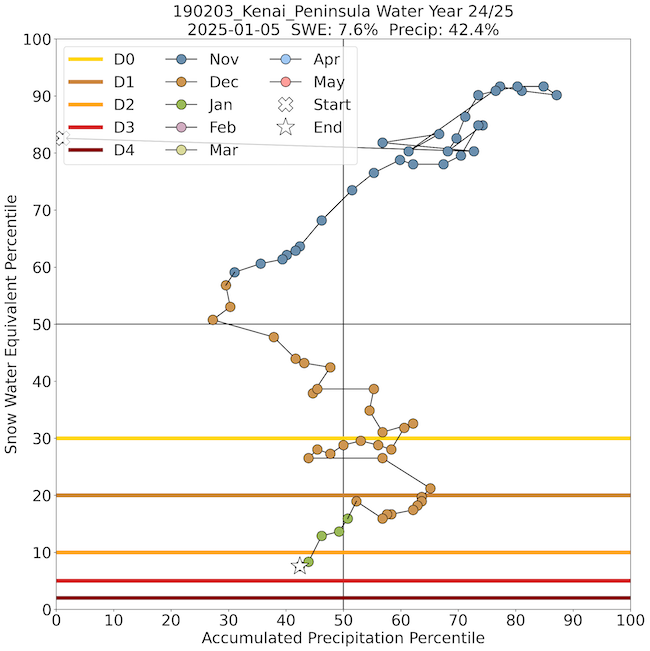
* Quantifying snow drought values is an ongoing research effort. Here we have used the 30th percentile as a starting point based on partner expertise and research. Get more information on the current definition of snow drought.
For More Information, Please Contact:
Daniel McEvoy
Western Regional Climate Center
Daniel.McEvoy@dri.edu
Gretel Follingstad
CIRES/NOAA/NIDIS Intermountain West Regional Drought Information Coordinator
Gretel.Follingstad@noaa.gov
Jason Gerlich
CIRES/NOAA/NIDIS Pacific Northwest and Missouri River Basin Regional Drought Information Coordinator
Jason.Gerlich@noaa.gov
Amanda Sheffield
CIRES/NOAA/NIDIS California-Nevada Regional Drought Information Coordinator
Amanda.Sheffield@noaa.gov
NIDIS and its partners launched this snow drought effort in 2018 to provide data, maps, and tools for monitoring snow drought and its impacts as well as communicating the status of snow drought across the United States, including Alaska. Thank you to our partners for your continued support of this effort and review of these updates. If you would like to report snow drought impacts, please use the link below. Information collected will be shared with the states affected to help us better understand the short term, long term, and cumulative impacts of snow drought to the citizens and the economy of the regions reliant on snowpack.
Report Your Snow Drought Impacts
Data and Maps | Snow Drought
Research and Learn | Snow Drought


